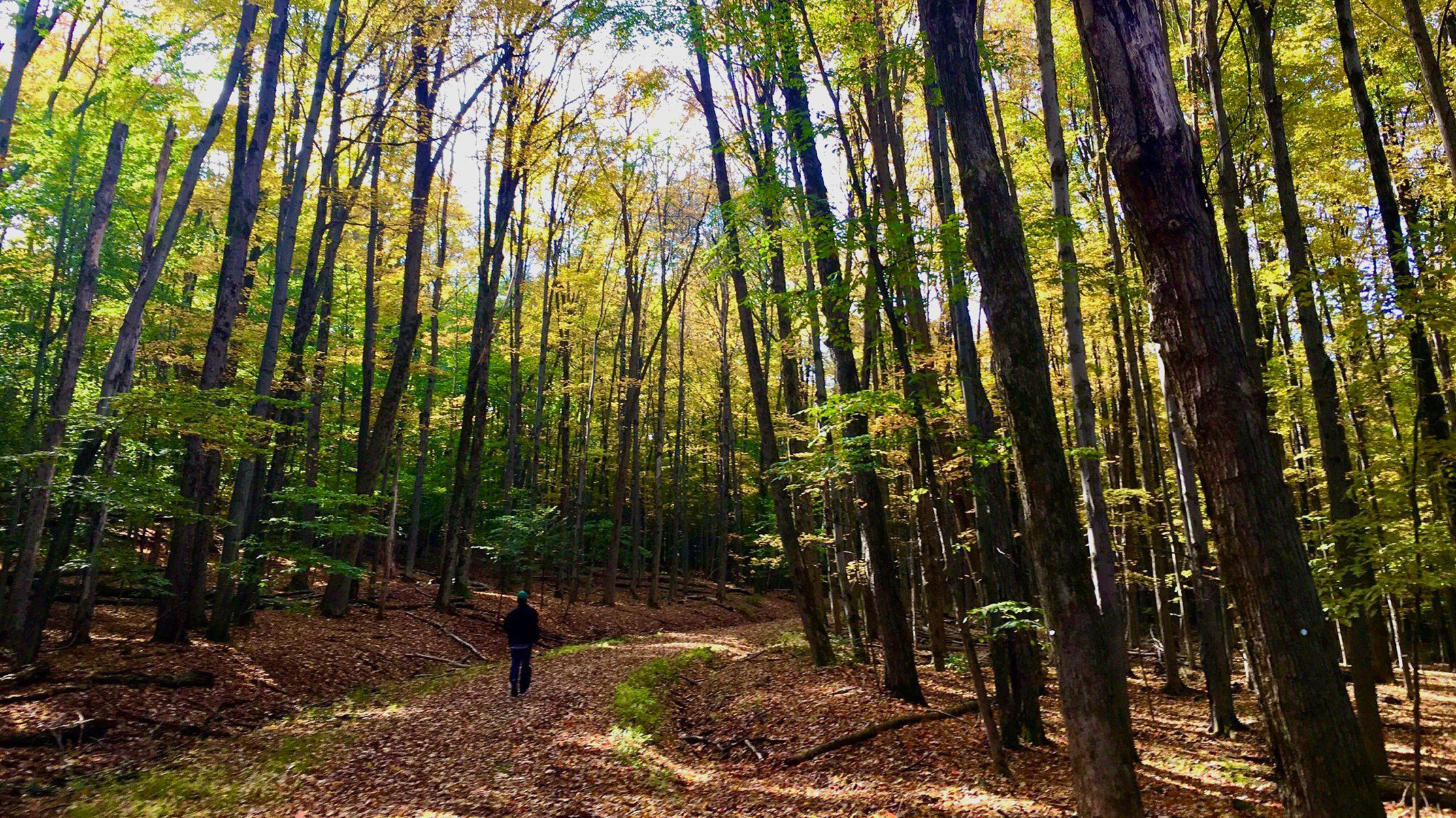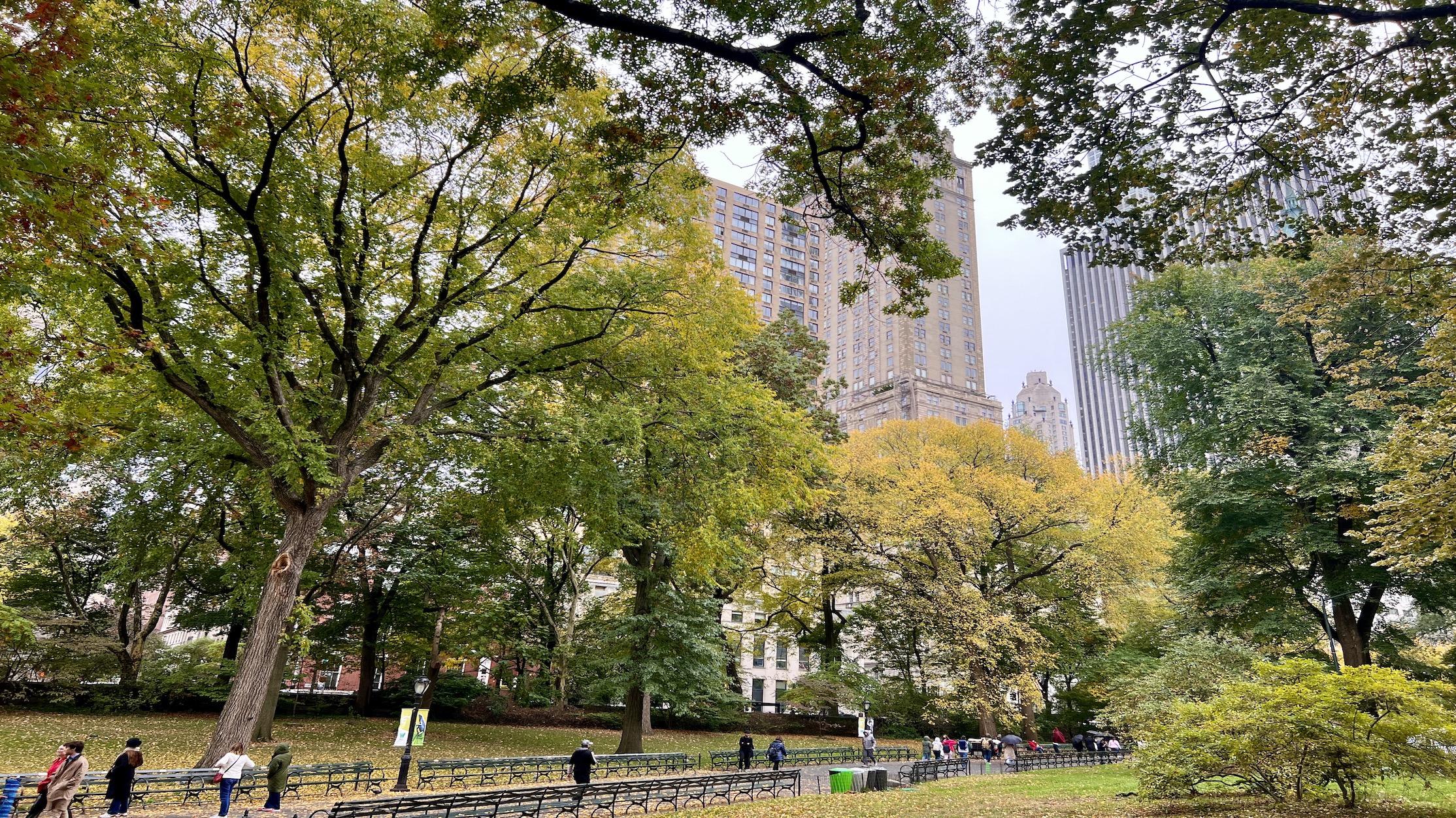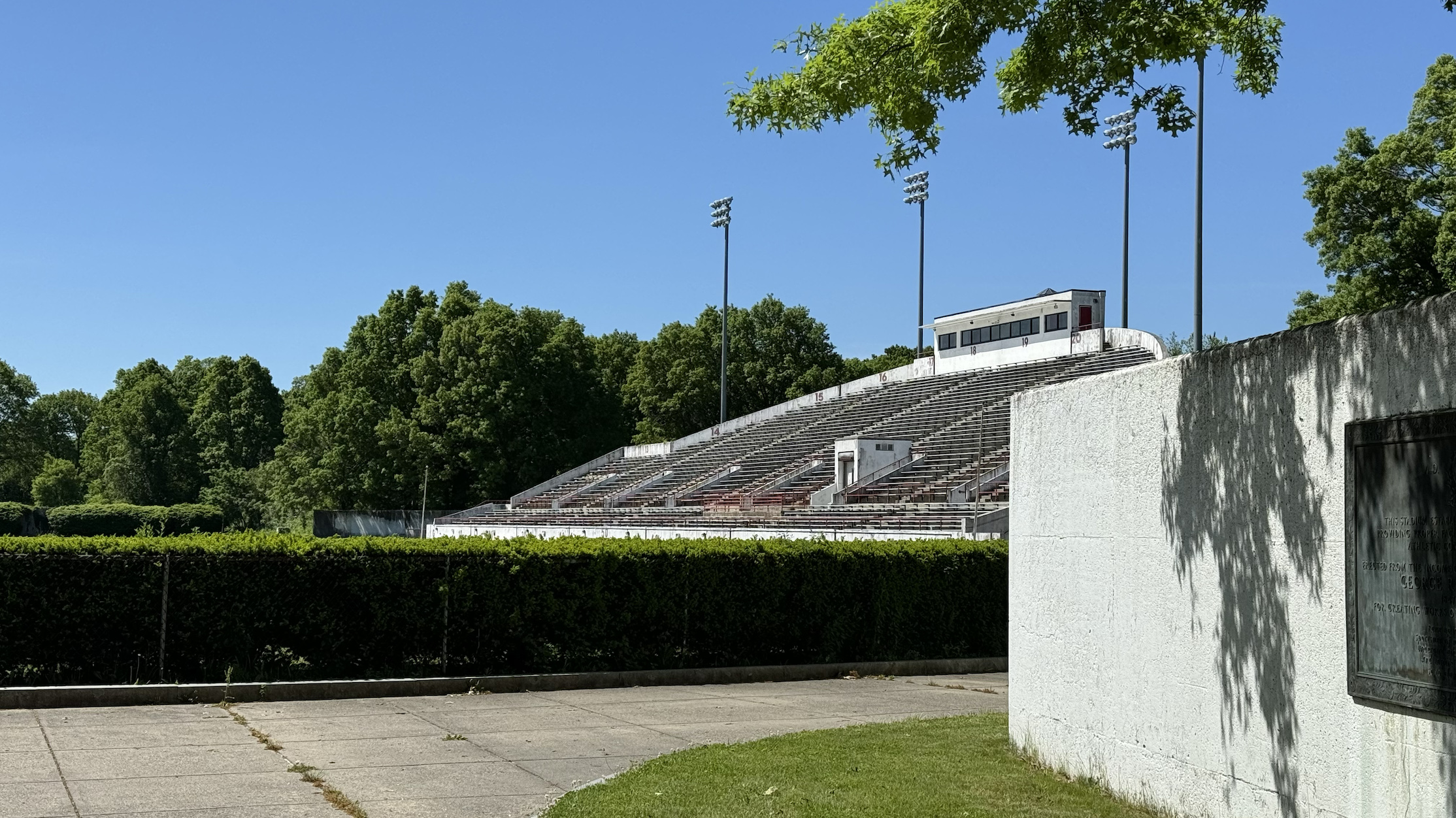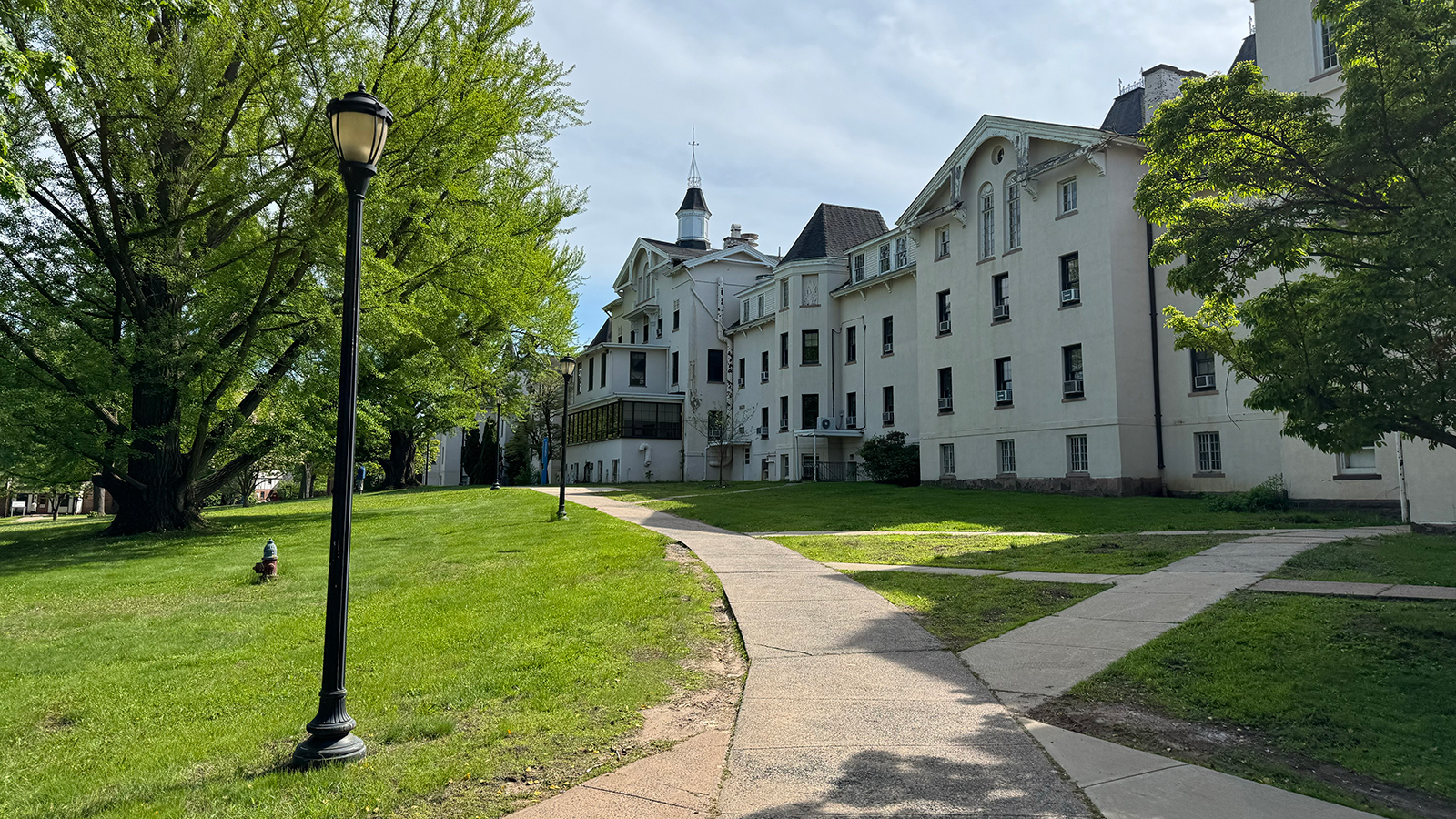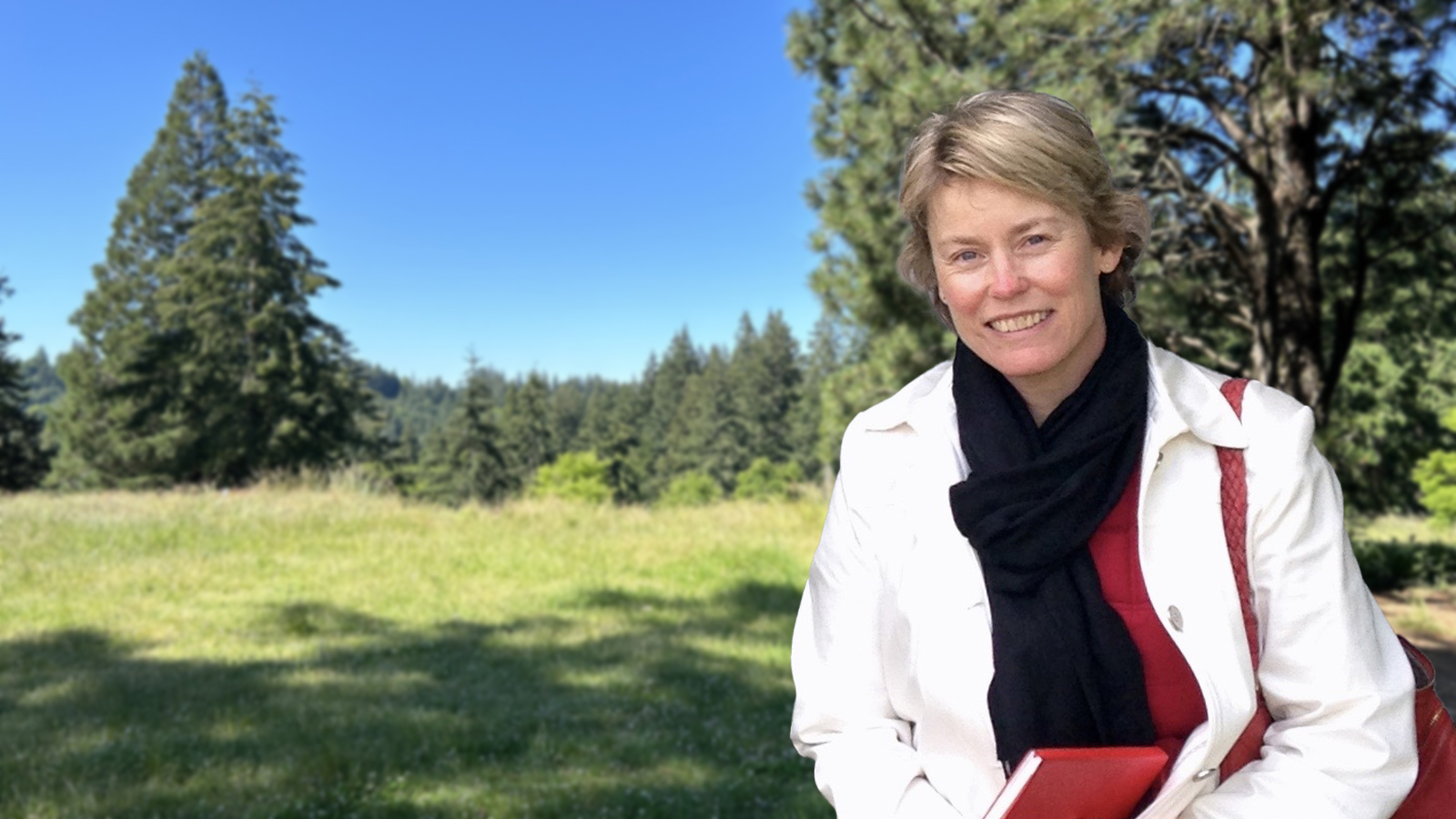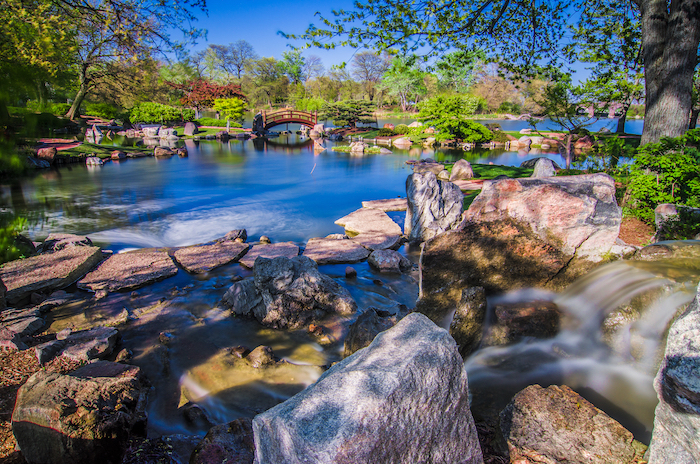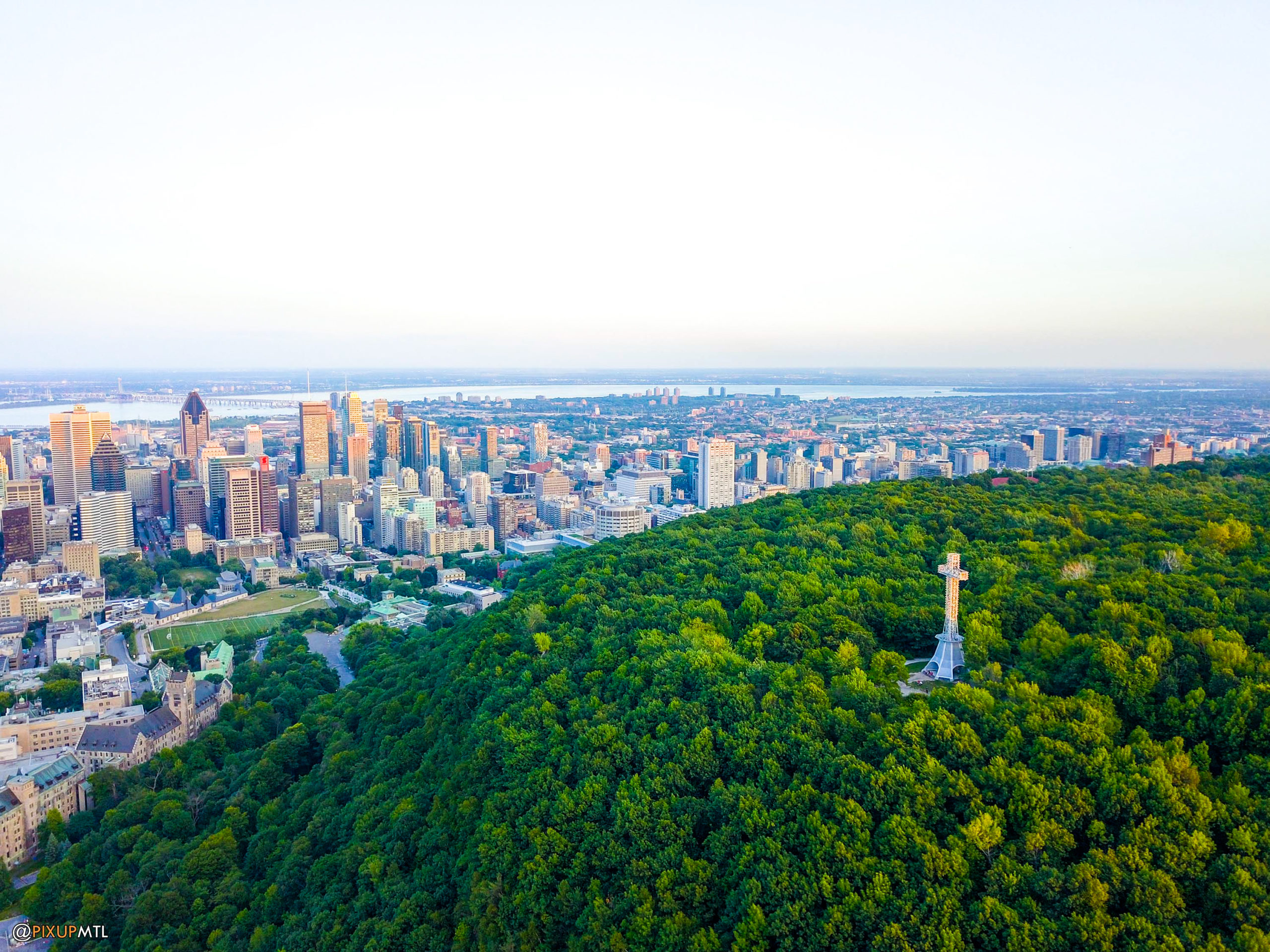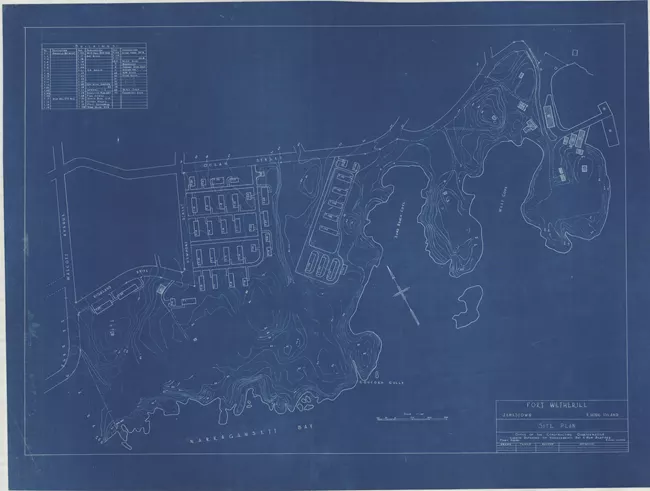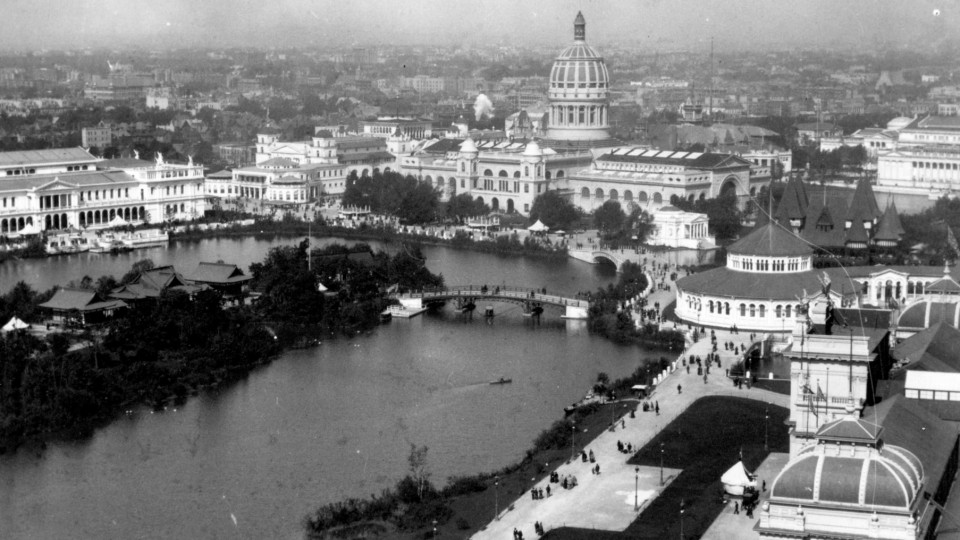
Frederick Law Olmsted and the Olmsted Brothers played a significant role in planning and designing some of the nation’s most influential exhibitions and fairs. In 1890, when Chicago won the honor of hosting the World’s Columbian Exposition, Frederick Law Olmsted was asked to help select the site for the fair. While groups throughout the city lobbied for their own neighborhoods, Olmsted envisioned a site that would provide dramatic views of Lake Michigan as the backdrop for the fairgrounds. Two decades earlier, Olmsted and Vaux had laid out the 1055-acre South Park, which included Eastern and Western Divisions and a wide swath to connect them, the Midway Plaisance. The Western Division, renamed Washington Park, was largely implemented by the time the fair was being planned. In contrast, the Eastern Division, which had become Jackson Park, had only a small area of finished landscape. Because of Jackson Park’s lakefront setting and its incomplete state, Olmsted advocated for it as the site of the World’s Columbian Exposition.
Olmsted and Henry Codman articulated a guiding theme similar to that of the original South Park Plan—a series of navigable waters that would be linked to Lake Michigan. In a meeting with consulting architects Daniel H. Burnham and John Welborn Root, the planners sketched the scheme at a large scale on brown paper. The plan featured a great architectural court with a formal canal leading to a series of lagoons. In the middle of the lagoon system, Olmsted suggested carving a natural sandy peninsula into a large secluded wooded island meant to remain free of buildings or structures. Although he had pressure to build various exhibits on the island, Olmsted argued to protect its sylvan character, and only the Japanese pavilion and a garden that coincided with the Horticultural Building were allowed. The island would stand in stark contrast to the magnificent campus of white neoclassical buildings that would be accessed by boat and train.
After the death of John Welborn Root in 1891, Burnham continued as Director of Works for the World’s Columbian Exposition, and Olmsted’s role as consulting landscape architect remained pivotal. When the fair opened on May 1, 1893, visitors were dazzled by the gleaming “White City.” Six months later, after the fair closed, many of its plaster buildings were destroyed by fire, and almost all of the rest were razed. The South Park Commissioners retained Olmsted, Olmsted & Eliot to transform the site back to parkland. The firm’s 1895 plan featured the lake, lagoons and playfields in a manner similar to that of Olmsted and Vaux’s original plan. The later plan did, however, retain the Fine Arts Palace as the Field Columbian Museum (now Museum of Science and Industry) as a vestige of the fair.
After Frederick Law Olmsted’s death, the Olmsted Brothers continued the legacy by designing a number of other fairs and expositions. The Olmsted Brothers developed numerous plans for the 1915 Panama-California Exposition in San Diego’s Balboa Park. These plans were not fully realized, however, because local authorities insisted on altering the location of the fair, and the Olmsted Brothers withdrew from the project. The firm had better success in planning other fairs, including the 1905 Lewis & Clark Exposition in Portland, Oregon, and the 1909 Alaska-Yukon-Pacific Exposition in Seattle (also listed in Parks, Parkways, Recreation Areas and Scenic Reservations), now the Rainier Vista in the heart of the University of Washington campus. The firm also designed exhibition sites within important American fairs, such the National Cash Register Exhibit at the 1939 New York World’s Fair.





